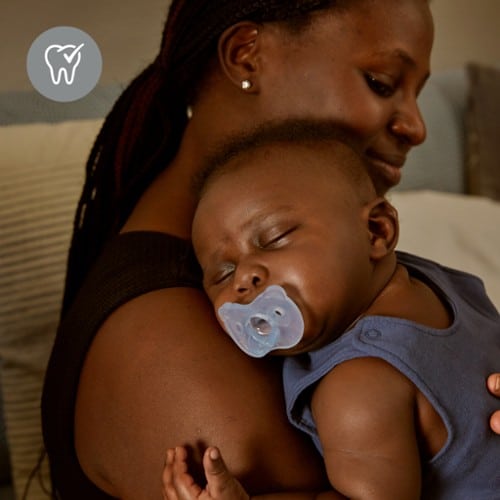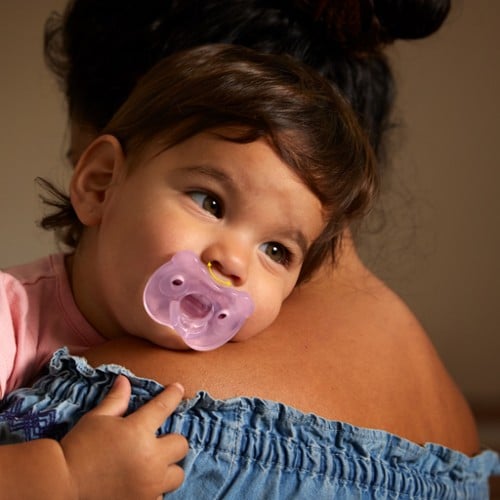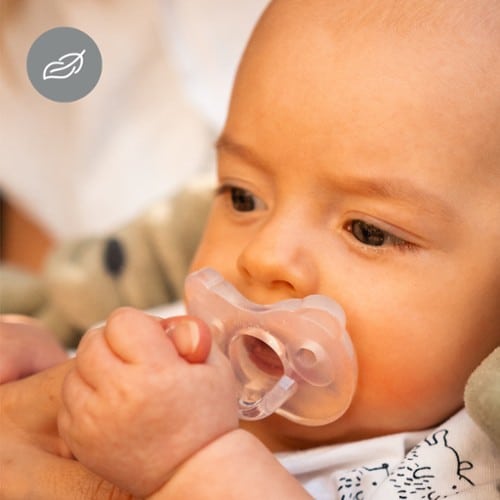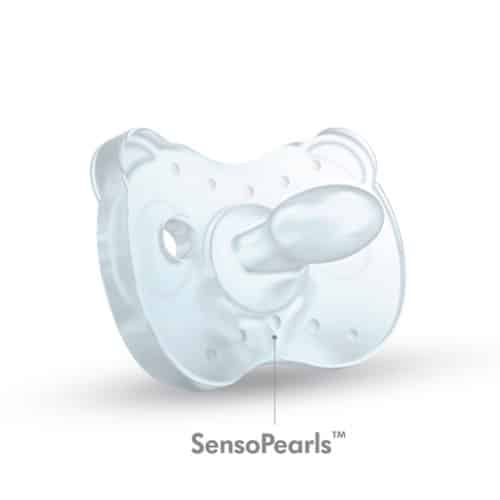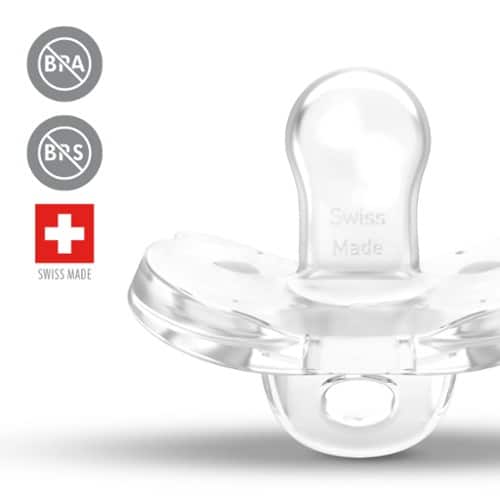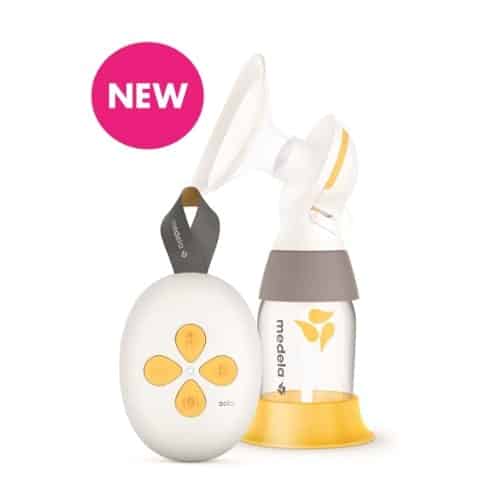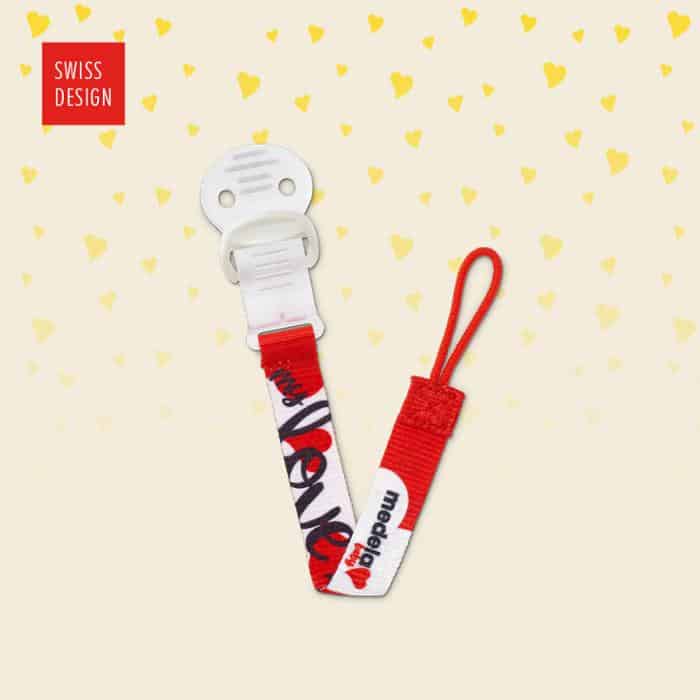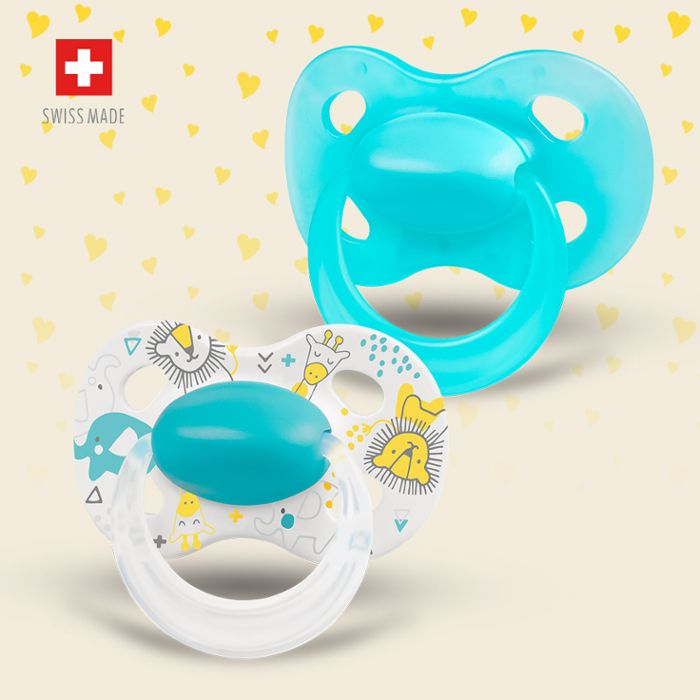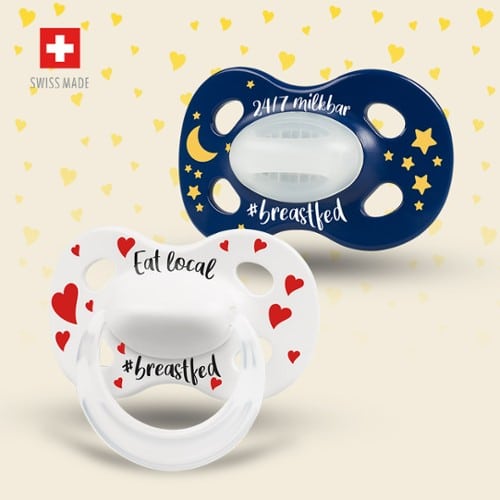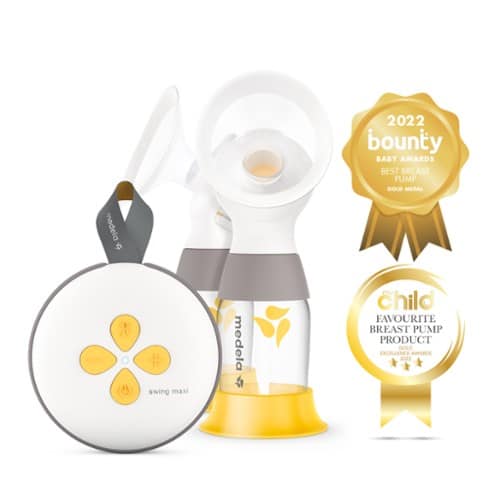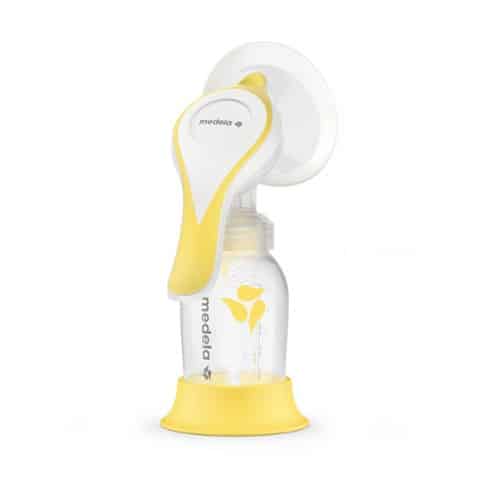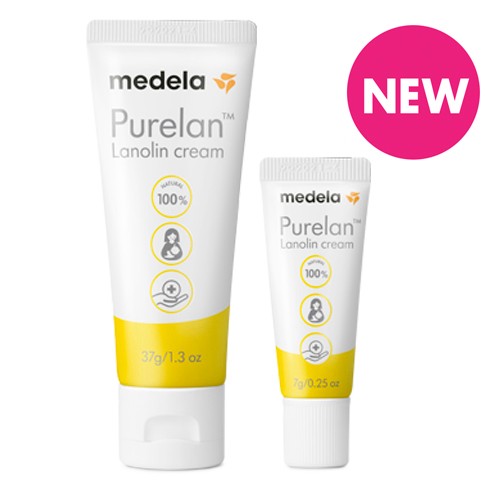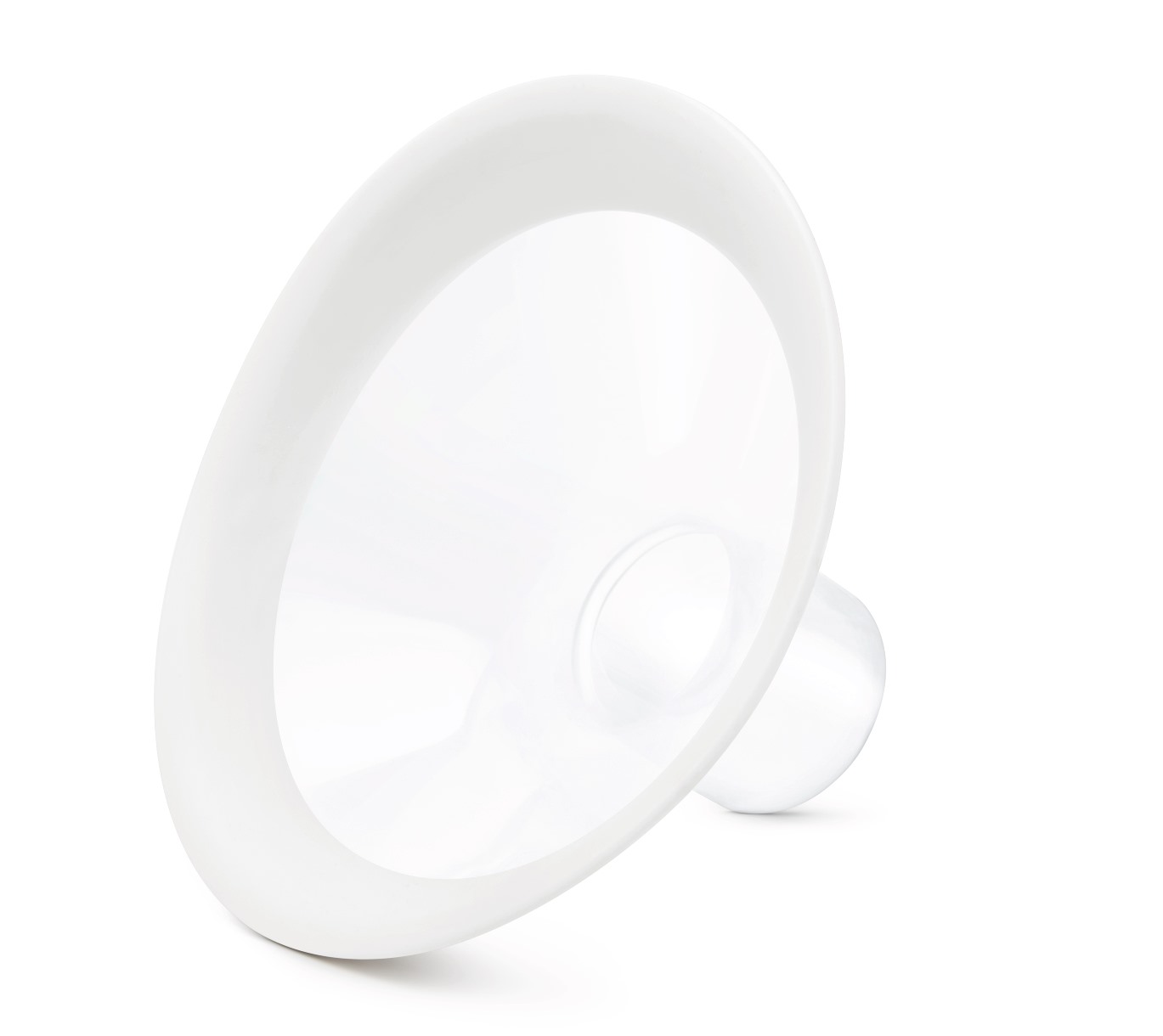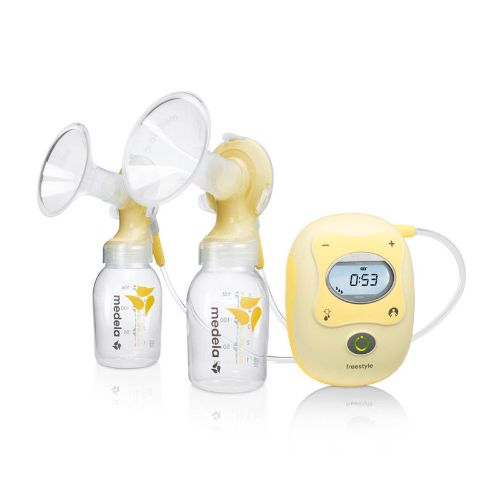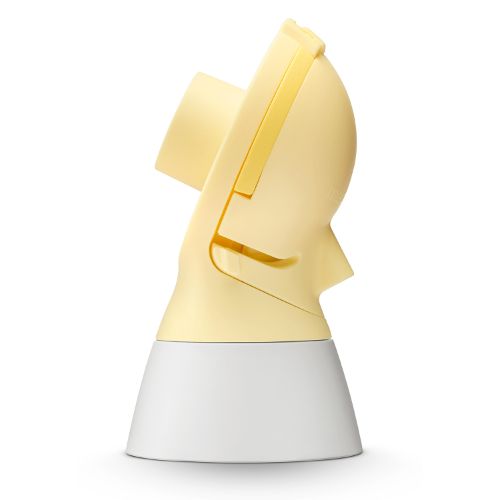When a sterilisation box is included with your soother, it can be used to sterilise your Medela Baby soother in the microwave. Please follow these instructions:
Before use, remove any stickers from the box and wash the soother and box with warm water. Then follow these steps:
- Fill water up to the marker 10 ml/0.3 fl.oz for 1 soother or 25 ml/0.9 fl.oz for 2 soothers.
- Place the soother(s) in the box.
- Close the box and sterilise the soother for 3 minutes in the microwave (max. 1000 W).
- Allow to cool for a minimum of 3 min before opening the sterilising box.
- Squeeze out any residual water from the soother teat.
WARNING: Take extra care when handling and opening the sterilising box. Hot steam from within the box can cause burns. Always check the temperature of the soother before use.




